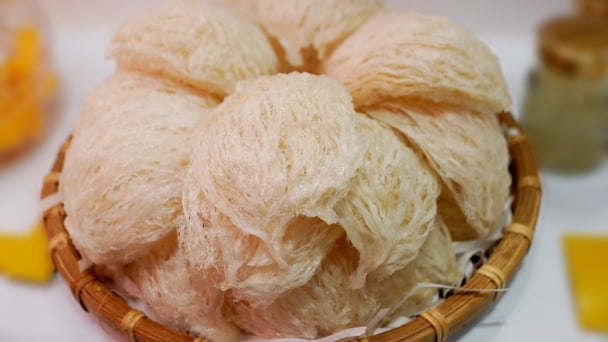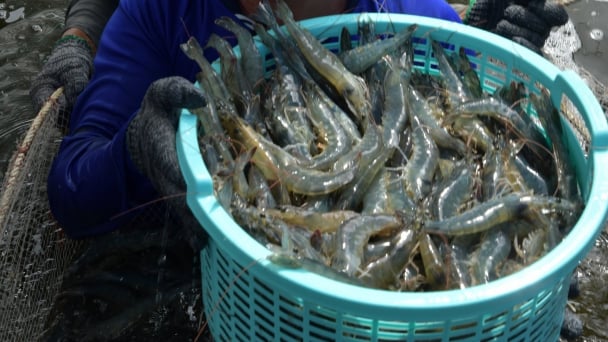April 18, 2025 | 20:15 GMT +7
April 18, 2025 | 20:15 GMT +7
Hotline: 0913.378.918
April 18, 2025 | 20:15 GMT +7
Hotline: 0913.378.918

Source: Wikimedia Commons.
Joana Colussi, a postdoctoral researcher in the Agriculture and Economics Department at the University of Illinois, talks about the crop prospects in Argentina.
“Let’s start with the soybean season. So, at the beginning of December, over 60 percent of the soybeans were planted in Argentina. The soybean planted area is expected to grow by seven percent in the current crop season to 44 million acres. That could be the largest expansion in soybean planting season since 2016, and production is projected to reach almost two billion bushels, a six percent increase.”
Colussi, a South American native, says corn disease is a big reason for the increase in Argentina’s soybean planting.
“The primary factor behind this increase in soybean production is the impact of the corn stunt disease. Last season, corn faced significant losses due to the bacteria spread by the leaf hopper pest, which stunts crop growth. So, many farmers lost their entire corn crop to the disease, making them particularly cautious this season. That's the reason Argentina's corn planted area is projected to decrease by 25 percent. That's equivalent to six million acres, and this would mark the largest relative drop in corn acreage in 17 years.”
Choosing acres for corn or soybeans in Argentina is a different process than in Brazil.
“Unlike Brazil, soybeans and corn share the same planting periods in Argentina, competing for the same growing area. When farmers increase the soybean areas, as a consequence, they will decrease their corn area, and they decided to do that this year because of this concern around the corn stunt disease.”
KMA
/2025/04/18/0614-0-nongnghiep-120604.jpg)
(VAN) Cashew nuts are not only a nutritious food but also a golden raw material in both cuisine and export, contributing to elevating Vietnamese agricultural products onto the global stage.

(VAN) Orders from wood processing businesses in Bac Kan Province for export to the U.S. have been cancelled or suspended, even all orders cancelled in some cases.

(VAN) Vietnam is regarded as one of the gateways to enter the Halal market in the Asia-Pacific region, which has the world’s largest Muslim population.

(VAN) With an annual production scale of around 5 million tons, Vietnam has enough potential to transform rice bran into a key export commodity if combined with deep processing.

(VAN) As the world’s largest consumer of bird’s nest products, China is gradually becoming a 'golden' market for Vietnamese bird’s nests.

(VAN) Deputy Minister Phung Duc Tien has directed the fishery sector to diversify its farming objectives during the conference reviewing Q1 performance and outlining tasks for April and Q2/2025.

(VAN) Consumption and production falls in almost every market as industry fears a ‘generational’ change in drinking habits.